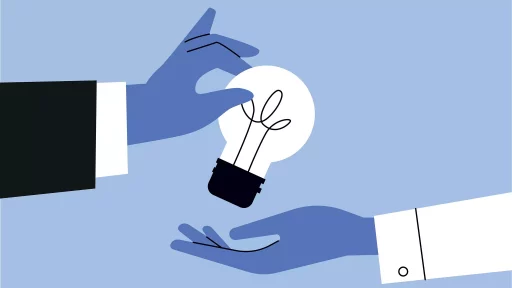Understanding Autosexuality
Autosexuality is a relatively new term that has emerged in discussions surrounding sexual orientation and identity. It refers to a person who is sexually attracted to themselves, often prioritizing their own pleasure and fantasy over relationships with others. Autosexuality can manifest in various ways, and while it may not be widely recognized, it plays a significant role in the spectrum of human sexuality.
The Origins of Autosexuality
The term ‘autosexual’ is believed to have gained traction in the early 2000s through the internet and various online communities focused on sexual orientation. As society began to explore and accept diverse sexual identities, the need for distinguishing autosexuality from other orientations became essential.
Characteristics of Autosexuality
- Self-pleasure and Fantasies: Autosexual individuals often engage in self-exploration and may find pleasure primarily through masturbation or sexual fantasies about themselves.
- Body Positivity: Many autosexual people are greatly appreciative of their own bodies, leading to a strong connection with their self-image and sexual self-esteem.
- Potential Lack of Interest in Others: While autosexual individuals can and do engage with partners, they may find their own self-satisfaction more fulfilling than sexual relationships with others.
- Fluidity: Autosexuality exists on a spectrum. Some may find attraction to others occasionally, while still identifying primarily as autosexual.
Examples of Autosexuality
To better understand autosexuality, it can be helpful to consider a few examples of how it manifests:
- Self-Portrait Artists: An artist who finds inspiration and eroticism in self-portraits, engaging in a dialogue with their image, can be seen as autosexual.
- Satisfaction in Solo Activities: Someone who enjoys solo sexual activities like using sex toys or watching pornography featuring themselves might identify as autosexual.
- Fantasy Development: A person who regularly fantasizes about themselves in various scenarios or engages in role-play centered around their own persona.
Case Studies: Autosexual Experiences
Real-life experiences provide valuable insights into what it means to be autosexual. Here’s a look at a few hypothetical case studies of individuals who identify as autosexual:
Case Study 1: Alex
Alex is an artist in their late twenties who spends considerable time in front of the mirror. They find artistic inspiration in their own reflection, often creating provocative self-portraits. Alex acknowledges that they feel more attracted to themselves than to potential partners. When asked about their sexuality, Alex identifies as autosexual.
Case Study 2: Jamie
Jamie is a college student who enjoys dating but often finds that the idea of sexual intimacy with partners lacks appeal compared to their experiences with self-pleasure. Jamie enjoys exploring their body and is comfortable discussing their self-exploration habits among friends. Jamie identifies as autosexual but is open to the idea of relationships.
Modern Perspectives and Acceptance
As the conversation around sexuality continues to evolve, autosexuality has slowly gained recognition. Various online support groups and forums allow individuals to share their experiences without fear of judgment. Acceptance is paramount for those identifying as autosexual, although it can still be challenging to navigate societal norms that often prioritize conventional sexual relationships.
Statistics on Sexual Orientation
Understanding the prevalence of autosexuality is still a developing area of research. However, surveys and studies on sexual orientation show that the self-identification spectrum is vast. According to a 2022 survey conducted by the Kinsey Institute:
- 10% of respondents: Identified as experiencing some form of autosexual attraction.
- 25% of respondents: Acknowledged having engaged in sexual fantasies centered on themselves at least once.
Conclusion: A Journey of Self-Acceptance
Understanding autosexuality is an essential part of expanding our comprehension of human sexual behavior. While it may not fit into conventional categories of sexual orientation, many individuals have found their identities through autosexuality. As we embrace a more inclusive approach to sexuality, recognizing and validating these diverse experiences becomes increasingly important.





